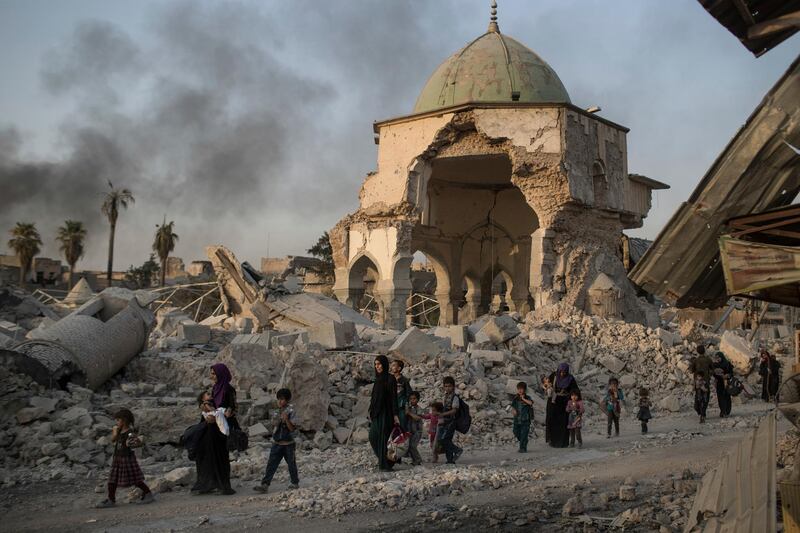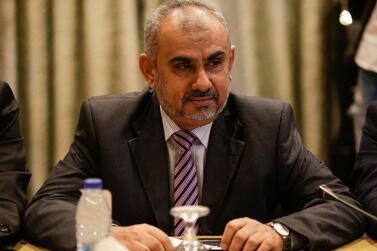The head of the British parliamentary panel that supervises the arms export trade has criticised distorted death toll reporting from conflict zones such as Iraq and Yemen by activist groups.
Graham Jones said campaigners systematically failed to distinguish between casualties caused by the direct impact of an airstrike and those stemming from secondary explosions, where insurgents and militias have used human shields.
Mr Jones, chair of the Committees on Arms Export Controls, warned failing to make accurate casualty assessments risked fuelling terrorist groups and their propaganda outreach.
One example he gave was from Mosul, where ISIS welded in as many 30 civilians in the basement of a house wired with explosives as fighters occupied the roof.
There would be "enormous consequences" such as "encouraging terrorists" by attributing all deaths to airstrikes the Labour MP told The National.
“You will see the videos afterwards of those that died that is put out by sympathisers or supporters for the non-state actors and they then appear on social media saying coalition airstrikes caused these dead bodies,” Mr Jones said.
He accepted the challenges faced in verifying during war especially given the partisan nature of conflicts such as Iraq and Yemen but said: “By the same token I don’t think you can attribute it the other way.”
“We’ve got problems with this issue because it’s happening in Yemen too with secondary explosions against human shields.”
The arms control chair and Labour MP said, in his opinion, the scale of non-state actors using civilians as a form of collateral in recent years was a “modern phenomenon.”
In Yemen, he spoke of the the Houthi decision to take up a military position on the rooftop of a Hodeidah hospital. “Where’s the morals in that? Where does that leave you,” he said.
Mr Jones has previously clashed with Airwars, the NGO that follows the international aerial assault against groups such as ISIS questioning why they did not disaggregate responsibility.
“I never read from the NGO community the huge problem we have now where human shields are being used. The coalition does not have the imagery to know anything other than that there is an enemy force on the rooftop,” he told the defence select committee.
Mr Jones said, in this case, the true responsibility of so-called legitimate groups fighting against non-state rivals could be inflated.
Estimates of the true number of civilian causalities, whether in Yemen, Iraq or elsewhere, vary wildly, largely because of how difficult it is to obtain on the ground verifiable information.








